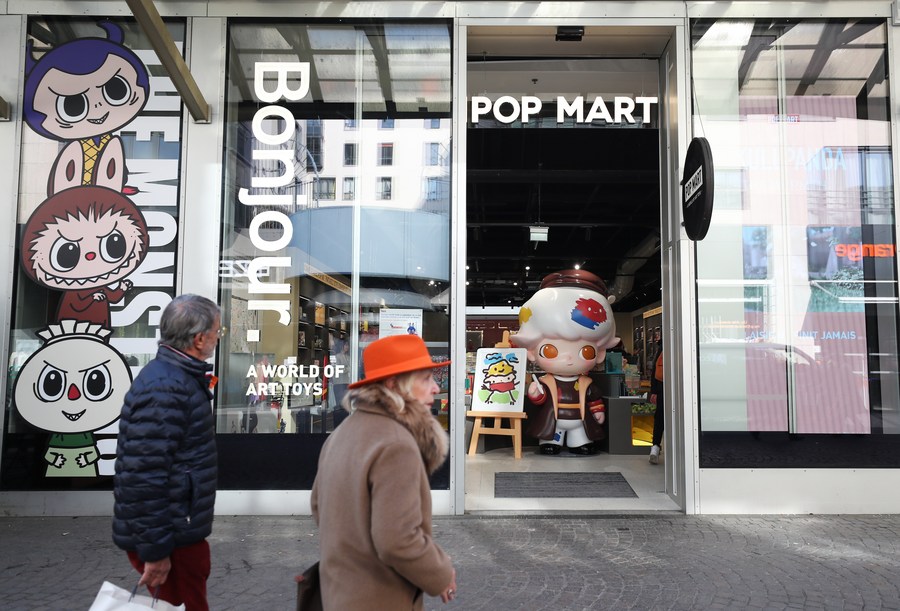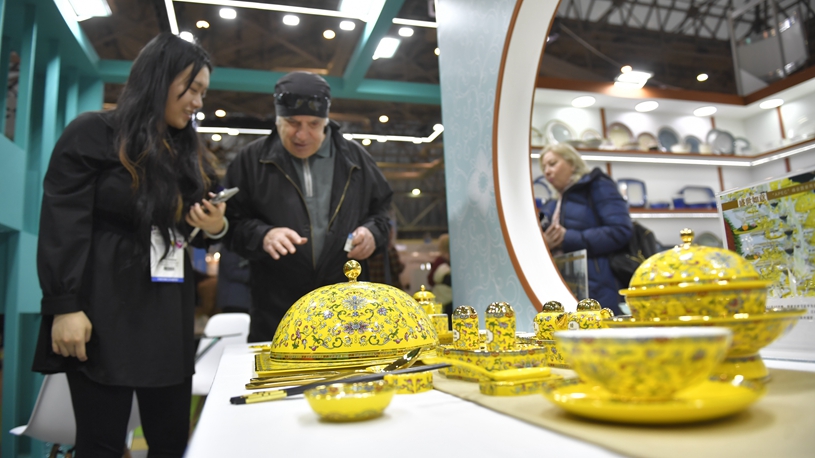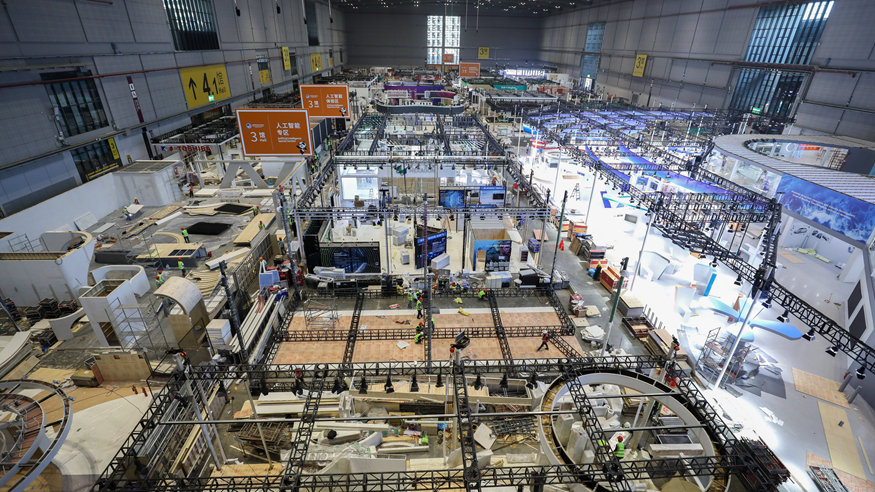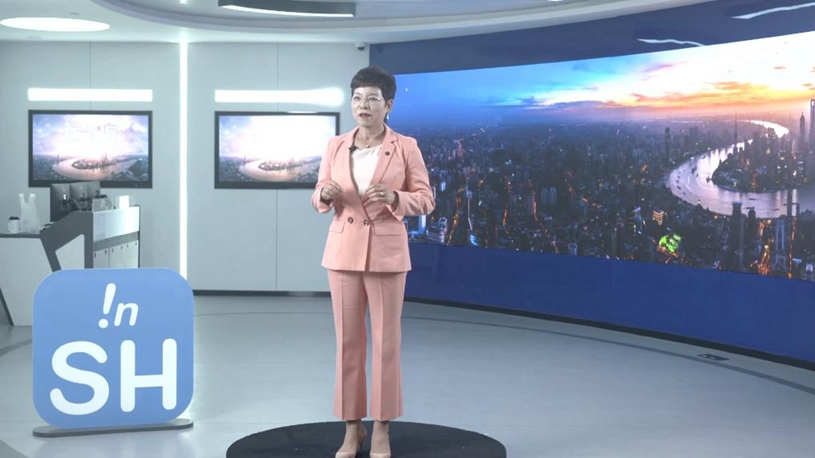
People walk past the official store of Pop Mart in Paris, France, March 1, 2023. (Xinhua/Gao Jing)
BEIJING, Nov. 2 (Xinhua) -- At the end of October, China's trendy toy maker Pop Mart reported over 35 percent year-on-year growth in overall earnings in the third quarter this year.
Of the total, earnings in the Chinese mainland increased by more than 25 percent, and overseas earnings surged by more than 120 percent from a year earlier.
A research report on the pop toy industry released in September shows that the scale of China's pop toy market has maintained rapid growth. The report forecasts that the average annual compound growth rate of the industry will reach 24 percent between 2022 and 2026, and retail sales will top 110 billion yuan (about 15.32 billion U.S. dollars) in 2026.
Pop toys, also called art toys or designer toys, are toys and collectibles created by artists and designers and typically sold in limited editions. Many of these toys come in the form of mystery boxes or blind boxes in China, an approach that can be traced back to Japan's capsule toys and lucky bags. Mystery boxes or blind boxes provide a random item when opened.
Li Yongjian, a researcher with the Chinese Academy of Social Sciences, said that the pop toy industry provides a consumption experience that meets the values and spiritual needs of modern society. The advantages in intellectual property (IP), supply chain and consumption potential have laid the foundation for the rapid rise of the Chinese pop toy market.
In 2016, Pop Mart, together with Hong Kong designer Kenny Wong, launched Molly's first generation Constellation series of blind boxes, which propelled the pop toy market of the Chinese mainland to usher in a new stage of development.
Covering an area of about 40,000 square meters, Pop Land, the first IP theme park of Pop Mart, opened in Beijing on Sept. 26. According to industry insiders, this move indicates a significant step in the toy company's brand and product expansion.
Wang Ning, chairman and CEO of Pop Mart, said that no matter whether making toys, developing parks, games and exhibitions, or producing movies and TV shows in the future, the company will continue to focus on incubating more popular super IPs in a way that is in line with contemporary characteristics, and industrial expansion with IP as the core.
Piececool, an art toy maker based in Dongguan in south China's Guangdong Province, has also launched a series of products featuring traditional Chinese cultural IPs.
As a toy manufacturing hub, Dongguan boasts over 4,000 toy makers and nearly 1,500 upstream and downstream supporting enterprises. As of 2022, Dongguan had 87 large-scale enterprises involved in art toy production, with a total industrial output value of 16.66 billion yuan, marking a 29.8 percent increase year on year.
According to industry data, the scale of the global art toy market increased from 8.7 billion U.S. dollars in 2015 to 34 billion U.S. dollars in 2022, with an increasing number of Chinese toy enterprises choosing to go overseas to take a share of the pie.
Piececool has sold its products, which are translated into seven languages, to over 100 countries and regions. The monthly sales of their hit product, The Phoenix Coronet, exceeded 200,000 units, generating annual sales revenue of more than 100 million yuan.
In the first three quarters, Pop Mart opened offline stores in France, Malaysia, Thailand, the United States and Australia. The company expects its overseas revenue to reach 1 billion yuan in 2023.
Chen Xiaoyun, vice president of Pop Mart, said the company has set up more than 55 offline stores and 100 robot stores in more than 25 countries around the world, and established a cross-border e-commerce network covering more than 80 countries.
Using Pop Mart's internationalization as an example, the Research Report on Pop Toy Industries 2023 notes that Chinese pop toy companies have begun their overseas expansion, forging new pathways for global reach. The report suggests that Chinese pop toy manufacturers still possess significant opportunities for growth in the international market.
These original IPs with traditional Chinese cultural characteristics have become an important medium for spreading excellent traditional Chinese culture globally, the report added. ■












